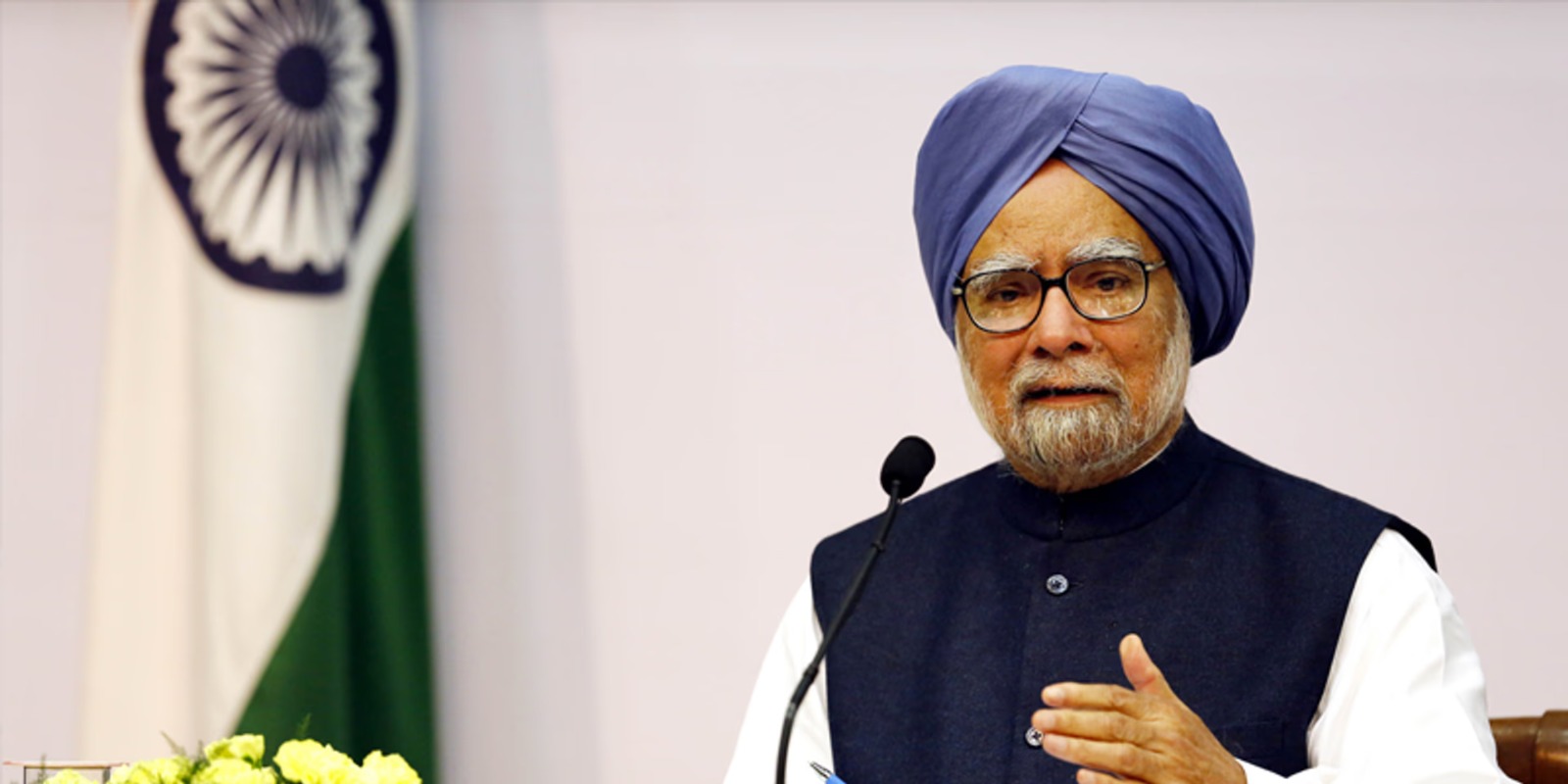India has successfully test-fired Rudram-1 on Friday, which is the tactical anti-radiation missile that can be launched by the Indian Air Force from the Sukhoi-30 MKI fighter jets for executing the enemy radars and surveillance systems.
The launching speed of Rudram-1 is up to 2 Mach, that accounts to two times the regular speed of sound.
Developed by the Defence Research and Development Organization (DRDO), this new generation weapon was test-fired at the interim test range Balasore, off the Odisha coast in Bay of Bengal at 10.30 in the morning.
About the success of test-firing of Rudram-1, a senior government official quoted, “This is a huge step forward. The IAF will now have the capability to perform SEAD (Suppression of Enemy Air Defence) operations deep into enemy territory to destroy enemy air defence setup.”
“This test demonstrates the capability of an Anti-Radiation Missile with large stand-off ranges,” said another official.
Rudram-1 would easily facilitate an effective mission for the IAF’s strike capacity. This New Generation Anti-Radiation Missile (NGRAM) will be integrated on Su-30 MKI fighter aircraft and its range can be adjusted according to height of the flying jet. The launching height can vary from 500 metres to 15 kilometres and can attack radiation targets within a range of 250 kilometres.
Rudram-1 has been compared with the tactical air-to-surface missile AGM-88E of the United States.


